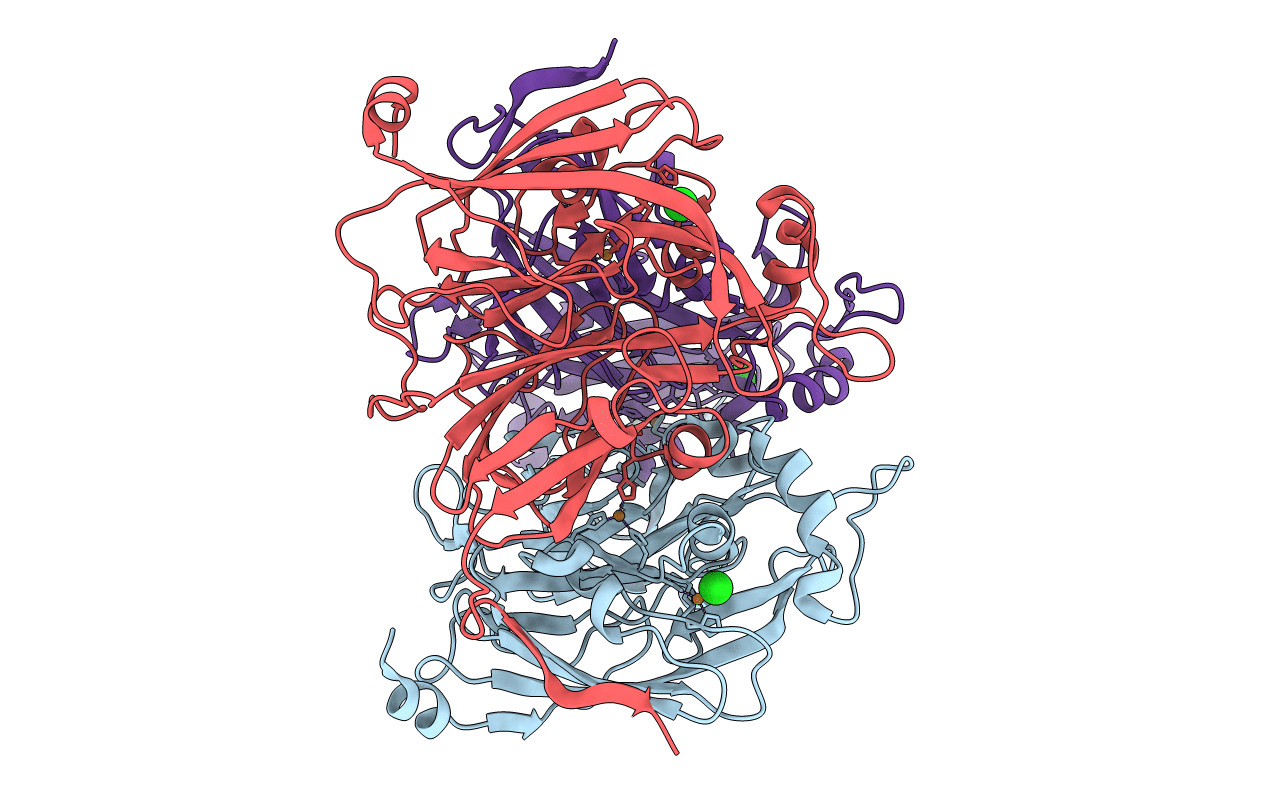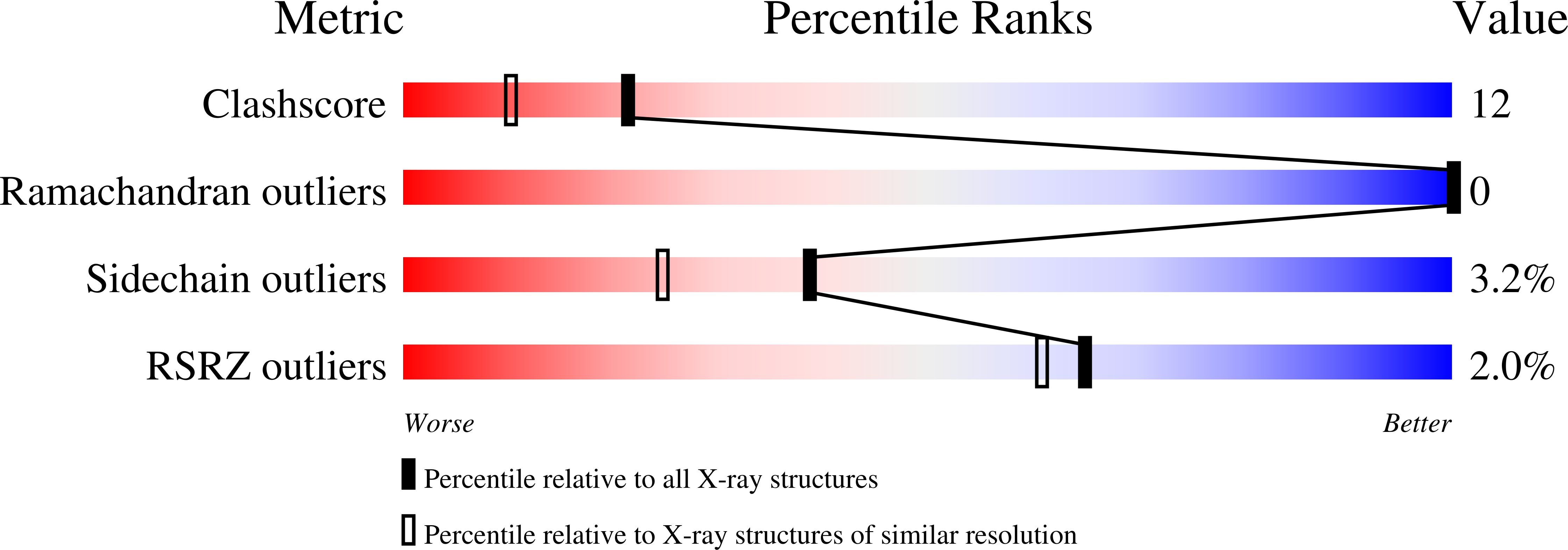
Deposition Date
2003-01-18
Release Date
2003-04-29
Last Version Date
2023-08-16
Entry Detail
PDB ID:
1NPN
Keywords:
Title:
Crystal structure of a copper reconstituted H145A mutant of nitrite reductase from Alcaligenes faecalis
Biological Source:
Source Organism:
Alcaligenes faecalis (Taxon ID: 511)
Host Organism:
Method Details:
Experimental Method:
Resolution:
1.80 Å
R-Value Free:
0.19
R-Value Work:
0.15
Space Group:
P 21 21 21


